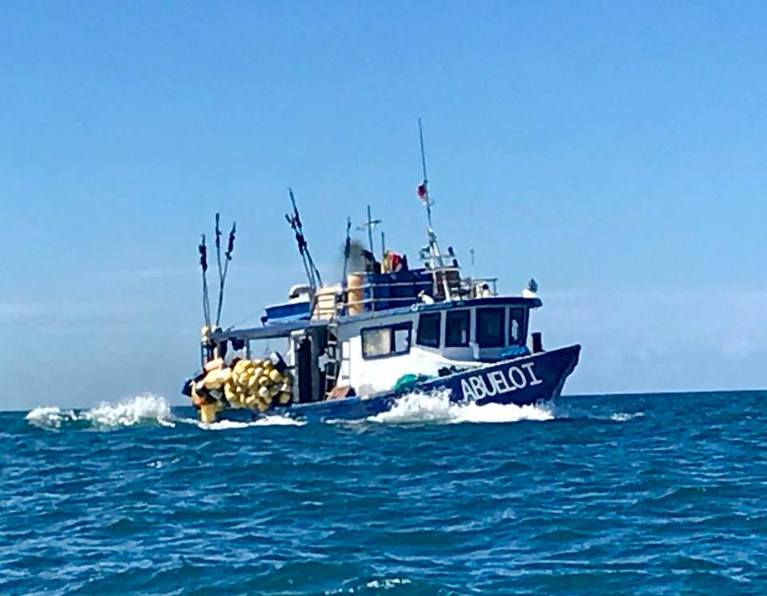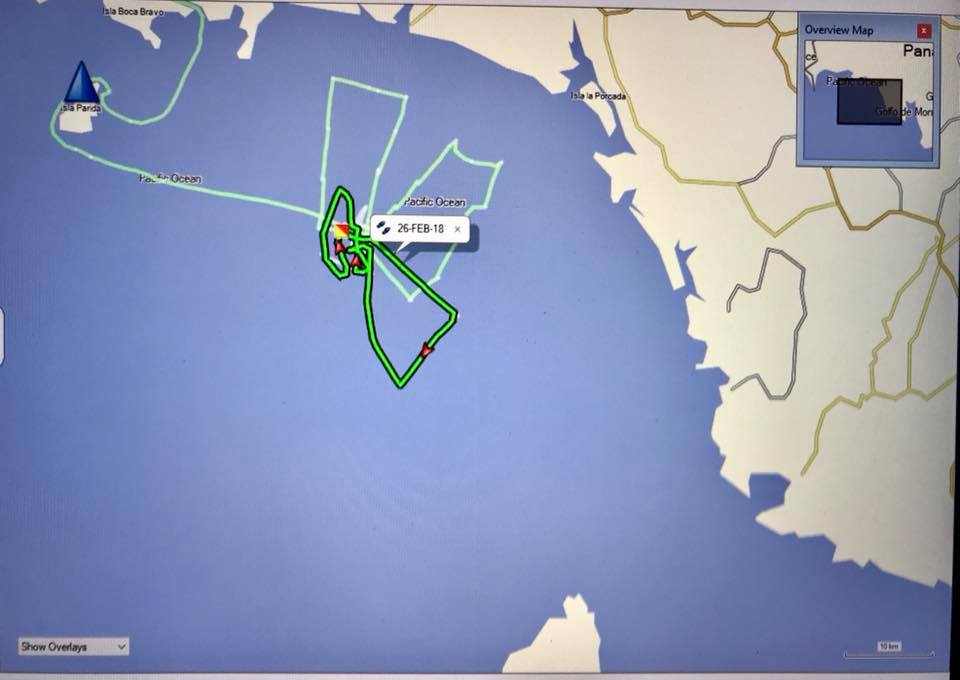Again, we encountered false killer whales today! This is a rather rare species and it's always a treat to observe their complex behavior and social structure in the wild. Through photographs of the distinctive markings along the trailing edge of the dorsal fin, we were able to determine this was the same group we encountered two days ago. Today we got to photo-ID a few more individuals in the group, and to document the presence of several juveniles.
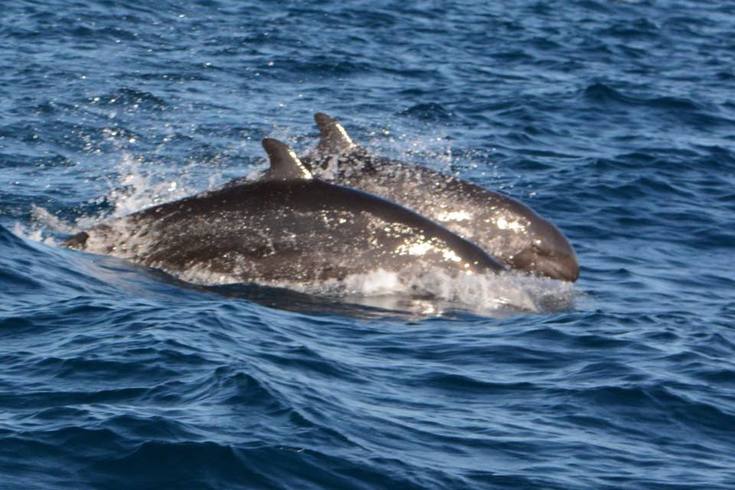
Also, during the previous encounter, we collected three biopsy samples from this group, and today were able to photo-document the evolution of the biopsy tip wound over the course of two days for one of the animals, showing remarkable healing.
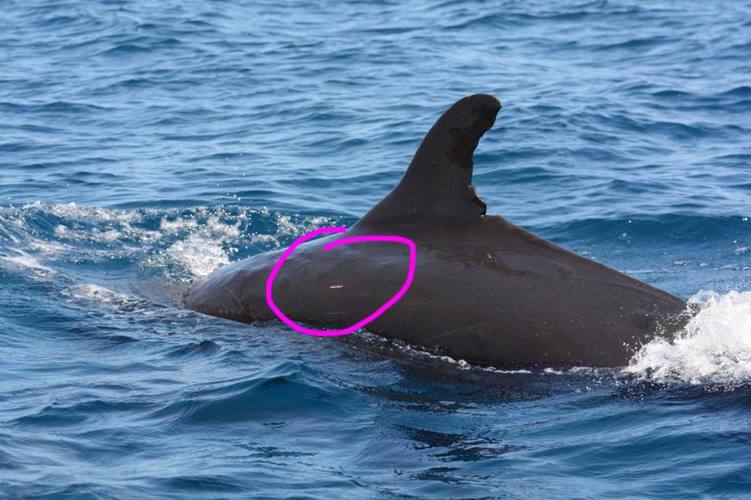
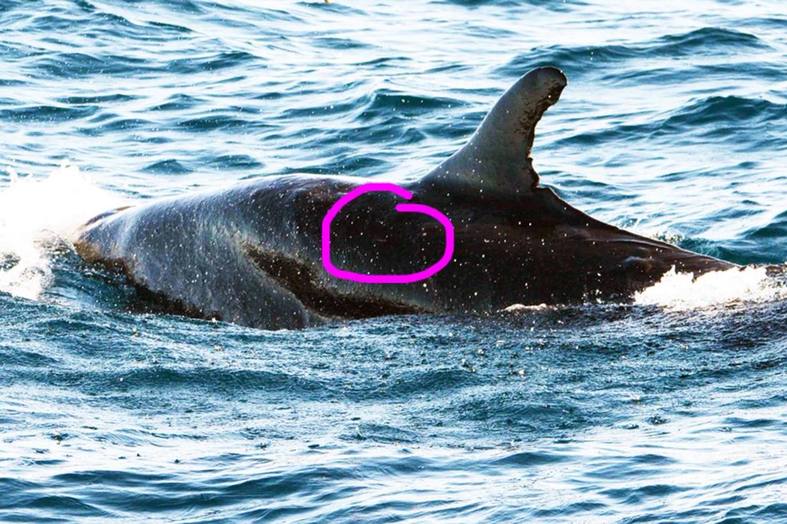
In the process of examining the distinctive markings on the dorsal find and caudal peduncle of these animals, we noticed the unmistakable sign of interactions with fishing gear.
This is a global problem and occurs because this intelligent species has figured out how to steal the catch from hooks set by fishermen. Our captain for this trip, Chanin Bernal, a life-long fisherman in these waters, tells us that artisanal tuna fishermen here in Panama sometimes pull the hooks with only fish heads attached, as the bodies have been snagged by the "pilotos" (the local name for false killer whales and related "blackfish").
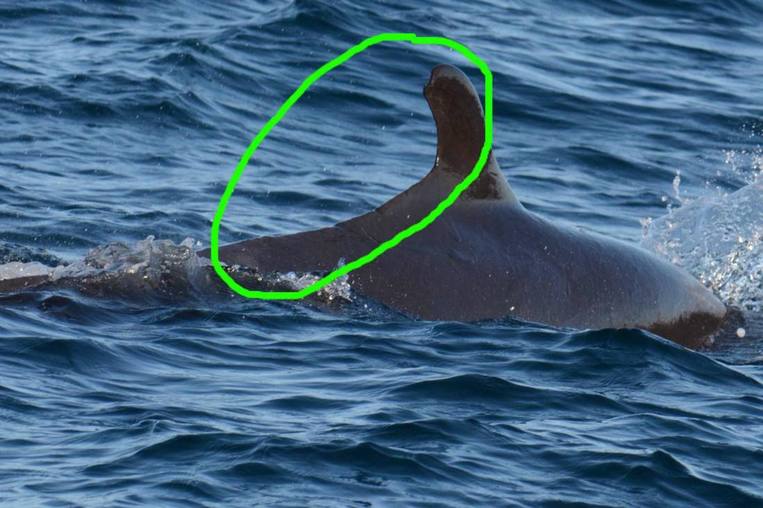
Aside from the disfigurement, the problem is that some whales may be getting caught in the hooks or otherwise becoming entangled in the fishing gear, and getting seriously injured or dying at rates that put local populations at risk (see for example: http://www.fpir.noaa.gov/PRD/prd_false_killer_whale.html).
Tuna and other large predatory fish are economically important for the sports and artisanal fisheries of Panama, and it is evident more work is needed by biologists, managers, and policy makers to solve this global problem that goes largely unnoticed.
